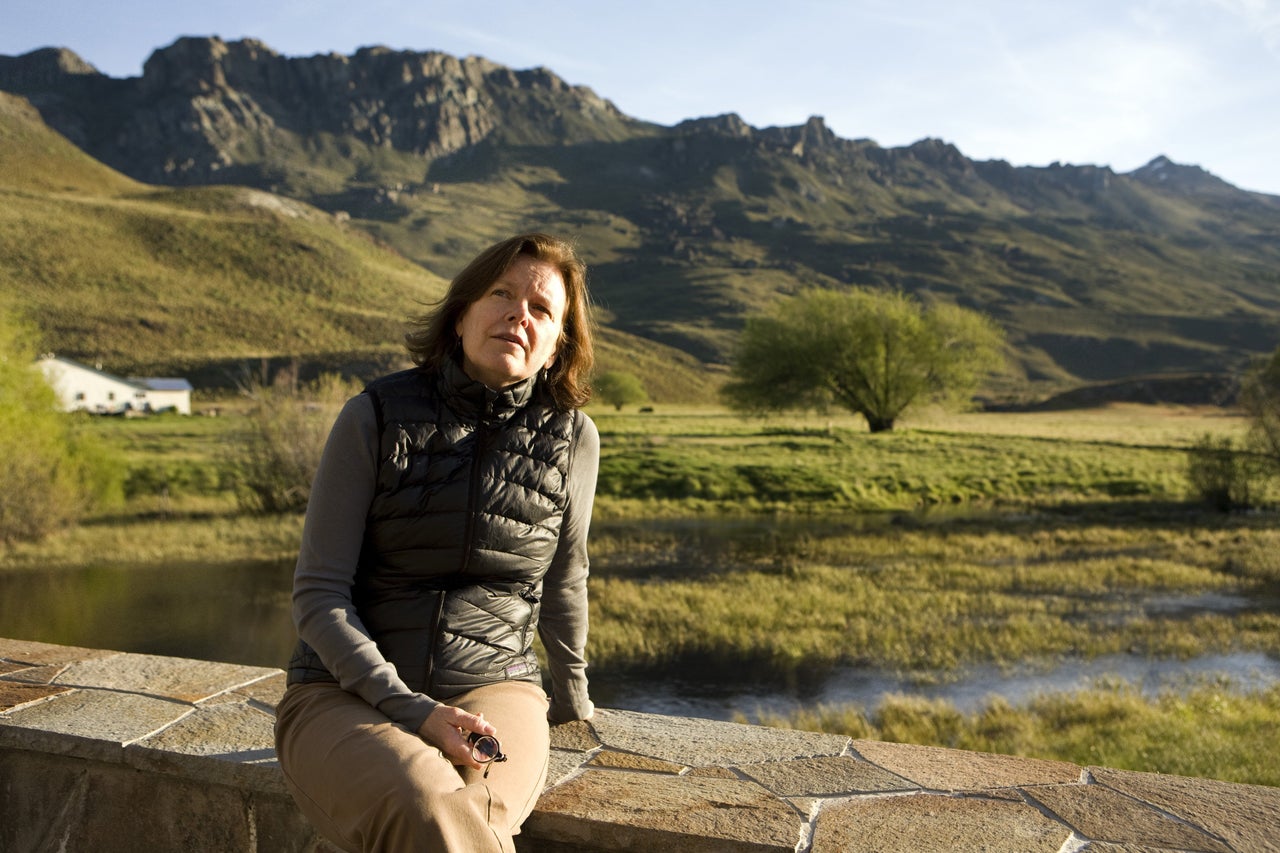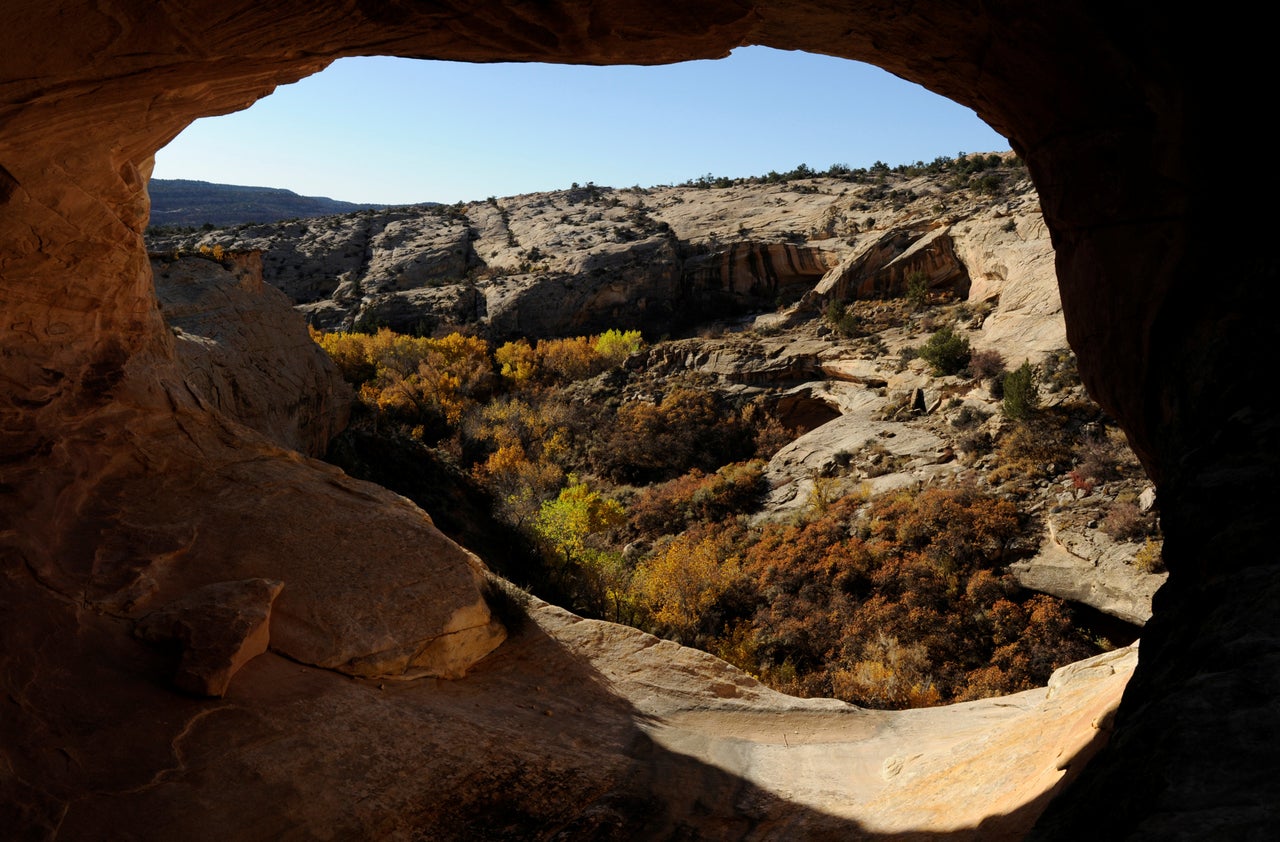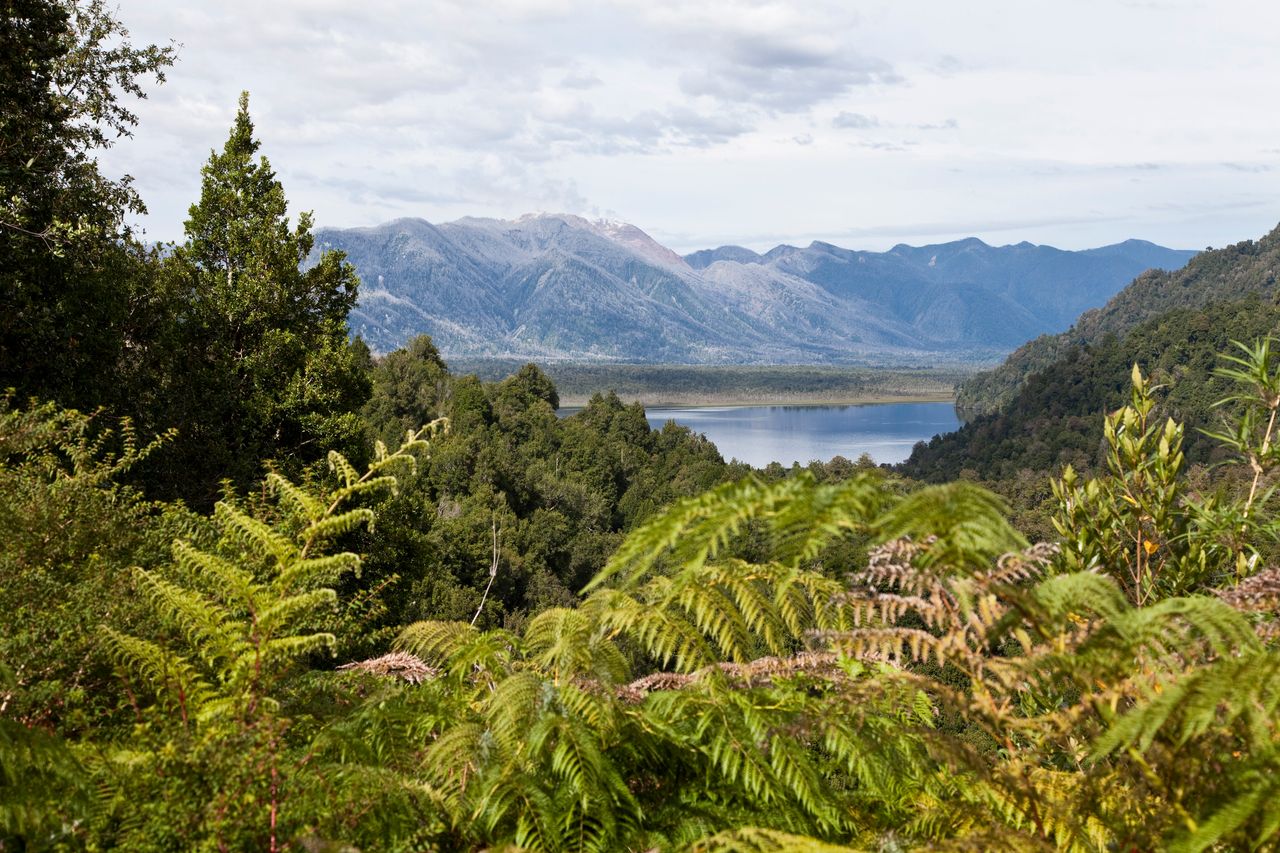On Monday, Chile made an announcement of gargantuan proportions: It was establishing five new national parks and expanding three others, adding 10 million acres – an area almost as large as Switzerland – to its protected area system.
In what has been described as the largest public-private national park donation in history, Kristine McDivitt Tompkins, the former head of outdoor clothing giant Patagonia, donated a million of the acres.
“Chile is still a developing country, with a large history of development and resource exploitation — in most cases overexploitation,” said Chilean President Michelle Bachelet in a statement. “If Chile can take this gigantic environmental measure, there are few reasons why developed nations cannot act as well.”
Conservationists view protected areas as a vital tool to protect species from extinction, safeguard ecosystems, provide environmental resilience in a rapidly warming world, and in some cases protect indigenous people. While the new parks in Chile will certainly benefit ecosystems and wildlife – such as pumas and llama-like guanacos – could it hurt the developing country’s economy?
On the face of it, large protected areas would seem to decrease economic output as they essentially lock away natural resources from exploitation. However, recent research has shown that not only can protected areas be good for national economies, they can also boost local economies and mitigate poverty – if managed well.
“These parks are really putting Chile on the map, in the broader eco-tourism sense,” William Laurance, an ecologist with James Cook University who has studied protected areas, said. “They’re all fully open to the broader public, and they’re being integrated with rewilding programs — to bring back or reintroduce charismatic species such as pumas.”
International tourism to Chile has been steadily increasing over the last decade. In 2016, the country saw 5.6 million tourists – a 400 percent rise since 2002 – and many of these travelers were likely drawn to the country’s renowned wilderness areas, including snow-capped mountains, unruly rivers, vast plains and magnificent wildlife.

“For every dollar you invest in national parks, you get 10 back; it’s more profitable than copper,” Hernán Mladinic, the executive director of Chile’s Fundación Pumalín, told The Guardian last year.
But protected areas can also have a less obvious effect on the local economy in developing countries: They can spur poverty alleviation.
“Research from around the globe suggests that parks can successfully balance conservation and development and are one of the most important mechanisms for permanent protection of natural resources,” said Katharine Sims, an economics and environmental professor at Amherst College.
Sims’ research has compared local communities living next to protected areas in both Thailand and Costa Rica with similar communities living far from parks. What she found surprised even her and bucked conventional wisdom: Poverty levels were lower for the people living near parks. Her research shows that economic benefits from the park – tourism, increased infrastructure and the overspill of ecosystem services – outweighed the restriction placed on exploiting natural resources.
Still, Sims stresses that management matters. Parks with multiple zoning are the best for local economies in developing countries, she said.
“We found that Biosphere Reserves [protected areas nominated and controlled by national governments] were most successful. These parks included a mix of strictly protected core areas to protect wildlife and buffer areas to support multiple uses including tourism, recreation and sustainable resource extraction,” Sims said of recent research in Mexico.
Another subtle but still enormous economic benefit to protected areas concerns ecosystem services, the catch-all term for the multiple benefits nature provides such as pollination, carbon sequestration, clean water, erosion mitigation, fish nurseries and more.
For example, the Czech Republic’s 25 large protected areas provided €51 billion ($63 billion) every year ― more than a quarter of the country’s GDP ― as a result of ecosystem services, according to a recent paper put out by the Global Change Research Institute of the Czech Academy of Sciences.
“These estimates can emphasize the social importance of protected areas and nature in general, in other language than basic conservation goals,” said Jan Daněk, lead author of the study.
Such values are not incorporated into the traditional economy, but nonetheless underpin economic processes.
And some benefits of nature are “impossible” to put a dollar sign on, said Daněk, who pointed to the spiritual benefits provided by parks.
Buoyed by the evidence that parks not only protect nature, but also provide multiple economic benefits, conservationists have called for more protected areas worldwide. Currently, the Aichi Biodiversity Goals – international targets to halt the destruction of species’ habitats – have set a goal of protecting 17 percent of land and 10 percent of the oceans by 2020.
But preeminent biologist E.O. Wilson has a far more radical idea: the Half Earth Project. Wilson argues that half the planet – on land and in sea – such be set aside as protected areas to save life on Earth – including humanity.
Around the world, many countries have increased their protected area coverage. China, which has long had a system of cultural and small nature parks, has announced it will open its first formal national park in 2020. Papua New Guinea, which has few parks, recently established a conservation area that’s nearly the size of Rhode Island. And nations like Costa Rica and Bhutan have become renowned for their efforts to protect ecosystems – and been rewarded by tourism and relatively intact ecosystems.
But other parts of the world have seen movements to reduce protected areas, particularly to allow mining, logging and other extractive industries.
In the United States, which invented the concept of a national park, the Trump administration is taking a hatchet to many of the country’s newest protected areas, including controversial shrinkages of Bears Ears Monument and Grand Staircase-Escalante National Monument, enraging environmentalists and Native American activists who consider portions of these parks sacred. Even where protections stand, the administration is pursuing new rules that would allow protected areas to be opened up to drilling and logging.

To achieve anything close to the protection envisioned by Wilson’s Half Earth Project, or even less ambitious goals of the Aichi Biodiversity Goals, creative partnerships and funding – such as what happened in Chile – would need to become more commonplace.
“[It’s] a very good example of how to use philanthropic assistance to good effect – to have broad national benefits,” Laurance said, referring to the partnership between the Chilean government and Kristine McDivitt Tompkins. “This requires a level of self-confidence and open-mindedness that isn’t evident in some nations.”
For decades, Tompkins and her late husband Doug faced criticism from many in Chile about the intentions they had for their vast land holdings. But this week’s agreement shows that many in the country have come to embrace their vision of marking off land for national protection.
And Tompkins says she’s not done yet.
“While we will continue to help promote and safeguard these parks, we are beginning to turn our attention to more new conservation and rewilding projects in Chile and Argentina as we work to save and restore big, wild and connected ecosystems.”
For more content and to be part of the ‘This New World’ community, join our Facebook Group.
HuffPost’s ‘This New World’ series is funded by Partners for a New Economy and the Kendeda Fund. All content is editorially independent, with no influence or input from the foundations. If you’d like to contribute a post to the editorial series, send an email to thisnewworld@huffpost.com
